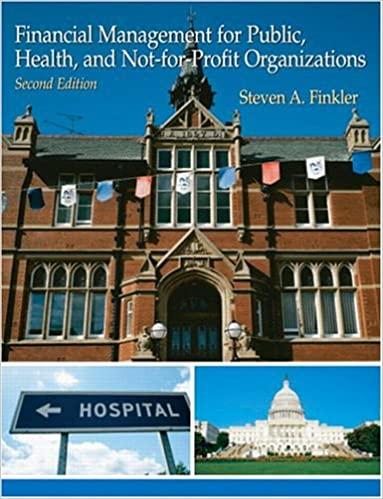






The questions below are dealing with corporate finance and would like some help with solving them!
\fA portfolio consists of 50% invested in Stock X and 50% invested in Stock Y. We expect two probable states to occur in the future: boom or normal. The probability of each state and the return of each stock in each state are presented in the table below. 'State Probability ofstate Return on StockX Return onStockY ' ' Boom 30% 25% 35% ' ' Normal 70% 10% 5% ' What are the expected portfolio return and standard deviation? Select one: A- a. 14.25%; 10.63% m b. 14.25%; 10.31% N c. 18.75%: 11.25% A d. 14.25%; 6.68% N e. 18.75%; 12.12% Given the following information on a portfolio of StockX and Stock Y, what is the portfolio standard deviation? Probability of boom state = 30% Probability of normal state = 70% Expected return on X = 14.5% Expected return on Y = 14% Variance on X = 0.004725 Variance on Y = 0.0189 Portfolio weight on X = 50% Portfolio weight on Y = 50% Correlation between X and Y = -1 Select one: A a. 3.44% A b. 10.31% A c. 1.18% i) d. 12.86% A, e. 6.68% StockA has a beta of1.2 and a standard deviation of 25% on its returns. Stock B has a beta of 1.5 and a standard deviation of 20% on its returns. Which stock has the higher systematic risk, and which one has the higher unsystematic risk? Select one: C\" a. A; A C_\"b.A:B C\"c.B;A C_\"cl.B:B C\" e. B; insufcient information for comparison of unsystematic risks The principle of diversication tells us that Select one: C\" a. the riskiness ofa portfolio will decrease exponentially ifwe add to the portfolio assets with low standard deviations. C\" b. total risk ofa portfolio will be reduced by lowering its unsystematic risk. C\" c. total risk ofa portfolio can be eliminated by including as many stocks with different levels of systematic risk as possible. C\" d. the addition of more stocks from different industries will always reduce the risk in a portfolio. C\" e. an index fund is the best investment due to its well-diversified portfolio. StockA has an expected return of12%, a standard deviation of 24% on its returns, and a beta of 1.2. Stock B has an expected return of 15%, a standard deviation of 30% on its returns, and a beta of 1.5. The correlation between the two stocks is 0.8. If we invested $100,000 in Stock A and $200,000 in Stock B, what is the beta of our portfolio? Select one: C\" a. 1.0 C_\"b.1.2 C_\"c.1.4 Oars C\"e.1.6 We have the following information on Stocks A and B. The risk-free rate is 5%, and the market risk premium is 6.25%. Assume that the market portfolio is correctly priced. Based on the reward-to-risk ratio, are Stocks A and B overpriced, underpriced, or correctly priced? ' Stock A Stock B ' ' Expected return 10% 15% ' ' Beta 0.8 1.5 ' Select one: C\"; a. A is underpriced; B is overpriced. C\" b. A is correctly priced; B is overpriced. C\" c. A is overpriced; B is underpriced. C\An undervalued stock has an expected return that is too and a reward-to-risk ratio that is too Select one: C\" a. high: high C\" b. high; low C\" c. low: high C\" d. low; low C\" e. volatile; high Radagast Inc. has 1 million common shares outstanding, with each share priced at $12. The company's equity beta is 2. What is the expected return on the company's shares if the risk-free rate is 5% and the market risk premium is 8%? Select one: C a. 5% AI b. 8% C c. 13% A d. 21% C e. 31%




















